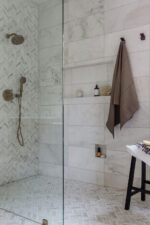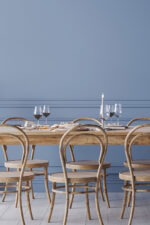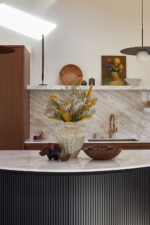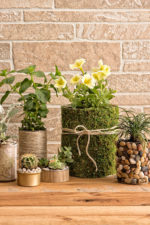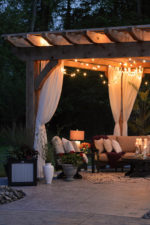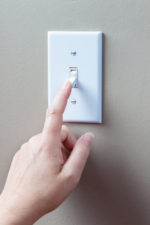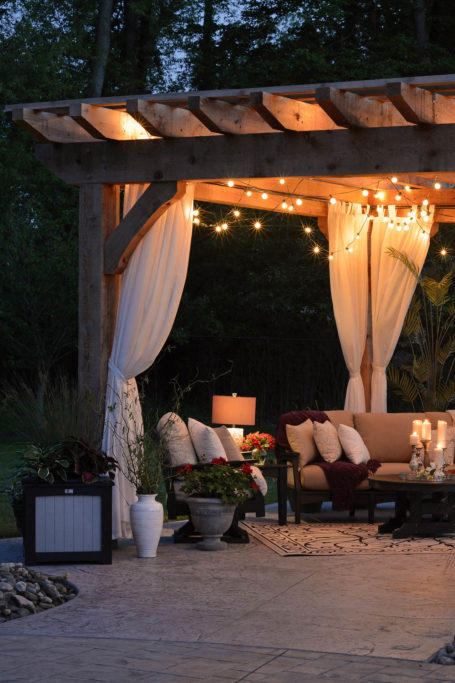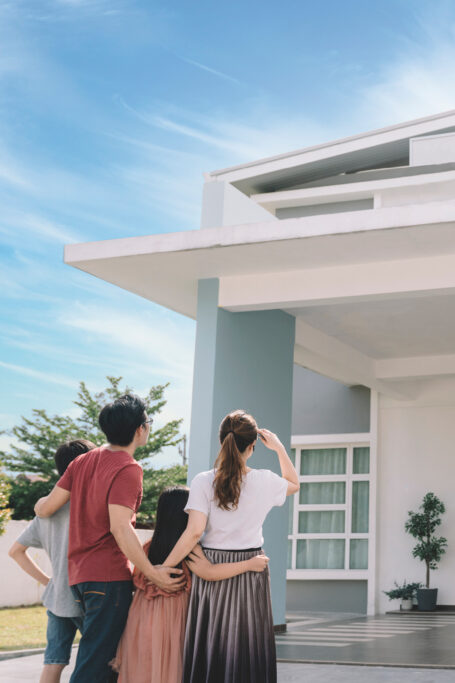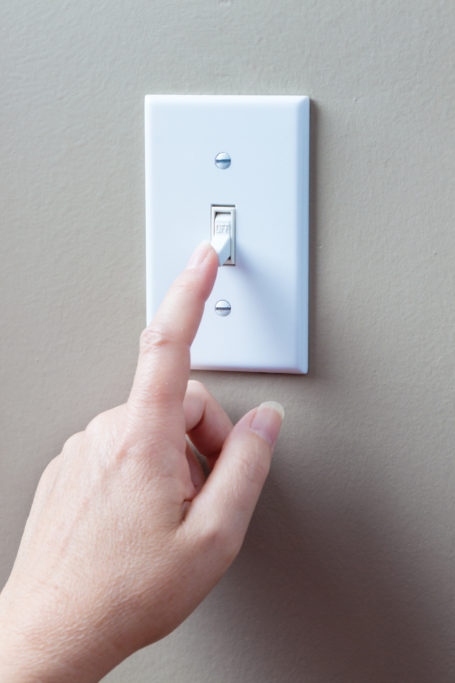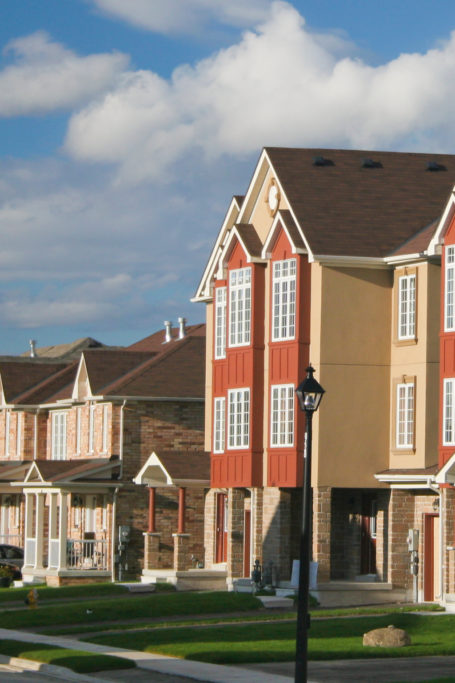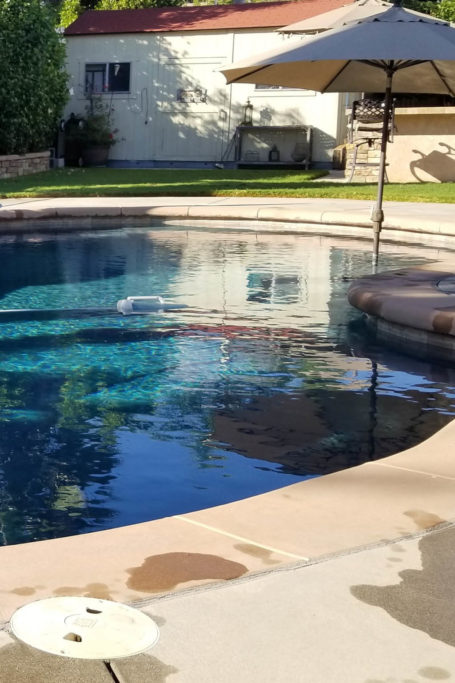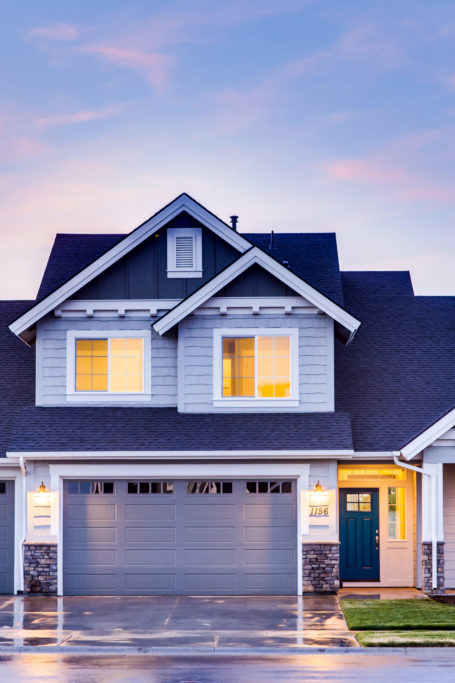Designing a More Pet-Friendly Home
As any interior designer will tell you, the most important factor to consider when crafting the perfect space is your lifestyle.
How much time you spend in a room, the way you live in it, and the purpose you want it to serve are all crucial to consider before you begin redesigning. But when asking yourself these questions, you’ll want to make sure you don’t neglect a central part of your household: your pet.
No matter what kind of pet you have, you want them to feel safe and comfortable in your home—after all, it’s their home too. But let’s face it: pet food bowls, toys, and care products are not always the most sleek and sophisticated-looking items. The question is, how can you better integrate your pet’s essentials when you may not have the space or capability to redesign your home with them in mind?
In actuality, however, there are plenty of upgrades you can make, either by yourself or with a designer’s help, that will dramatically improve your home’s functionality for both you and your four-legged friend.
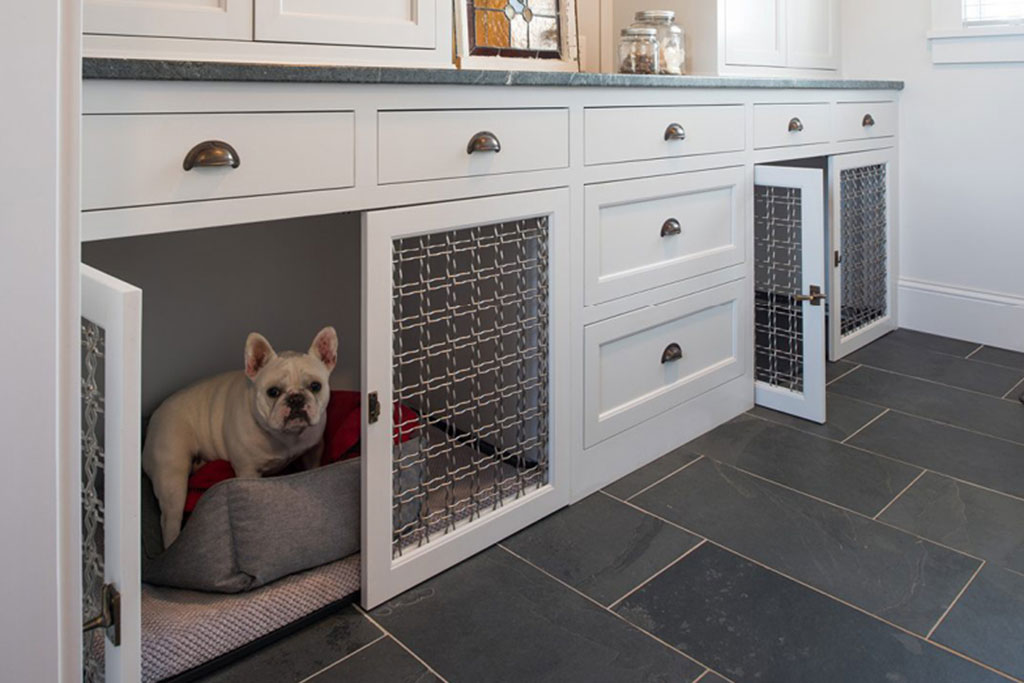
Fun and functional mudrooms
Mudrooms are some of the most popular spaces for pet owners to store their animals’ belongings. There are a few good reasons for this: these rooms are conveniently located near a door to the outside, they often contain a washing machine and sink, and they’re out of sight for guests.
Built-ins can help you maximize the efficiency of this room. For example, the experts at DK Studio Architecture recommend a built-in kennel for your pup, which can be achieved by hollowing out the space under an existing counter and placing their crate inside. To conceal the kennel more seamlessly and potentially give your dog more room, you could instead remove a large portion of a cabinet, install or place cushioning along the bottom, and affix a cage wall that will close off the area and keep your pet securely inside.
A dining area for all
Food and water bowls can clutter your kitchen and take up a fair amount of space. One great solution is to install a low pullout drawer to keep your pet’s bowls off the floor. Depending on the space you have, you can keep the drawer pulled out and accessible to your pet or keep it closed when they’re not eating or drinking, simultaneously concealing the bowls and increasing floor space.
If space isn’t an issue but the exposed bowls feel like an eyesore, there are plenty of fixes to prevent them from detracting from your kitchen’s aesthetic—you just have to be strategic about it. For example, you could cut holes in a panel of wood for the bowls, paint it a stylish color that matches your kitchen, and attach the plank to the bottom of your island or to the side of a ground-level cabinet. This will help your pet’s feeding area blend in flawlessly with the rest of the area while keeping messy bowls off your floor.
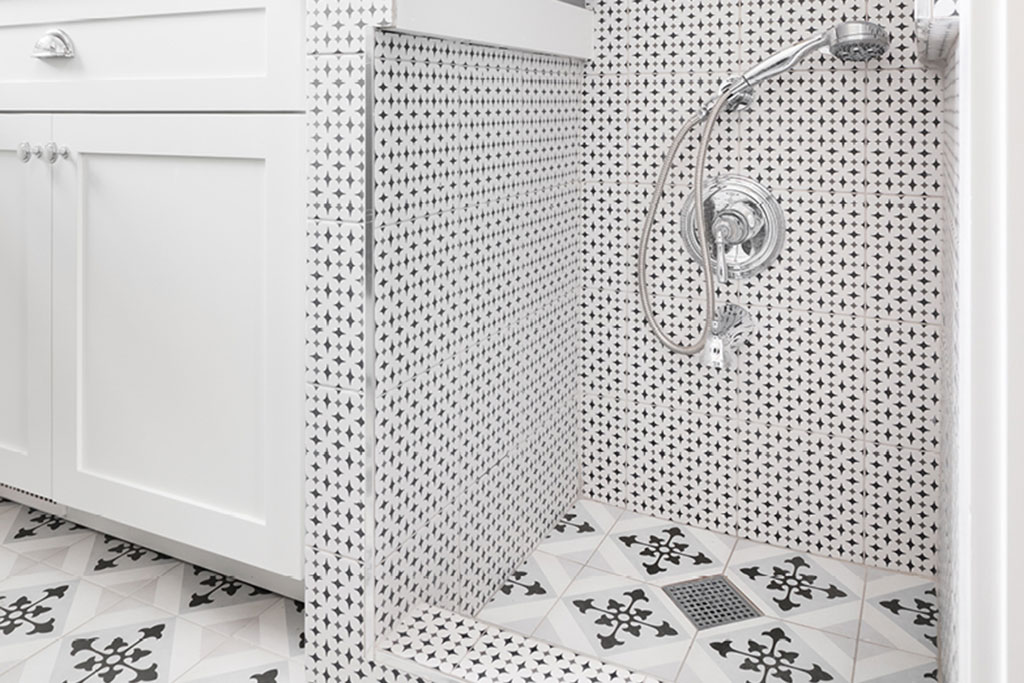
Cozy sleeping quarters
As any well-intentioned pet owner knows, it can be challenging to get your dog or cat to sleep on their bed and not yours. However, by crafting an extra spacious and cozy zone they can retreat to, you can help improve the odds.
Like us, animals like to sleep in a place that feels safe and comfortable, so, first and foremost, make sure the bed and area you choose are conducive to their needs. Older dogs may benefit from an orthopedic-type bed, for instance, while cats like to lounge in warm and sunny spots.
There are so many different types of pet beds available, so look around to find one that blends in with the rest of your decor once you’ve planned where your pet’s bed will go. A space that’s very neutral and traditional should include a bed in a warm tan or brown color, and a colorful or patterned bed would be appropriate for a modern and colorful space.
A pristine feline potty spot
If you’re a cat owner, you know how smelly and messy a litter box can be. Fortunately, you can upgrade yours by applying a concept similar to the aforementioned built-in dog kennel. As an example, Louisiana-based designer Lauren Granger created a hidden potty spot for her cat by clearing out a cabinet in her mudroom. You can do the same if you have a cabinet large enough to both accommodate your cat’s litter box and provide room for them to jump in and out of it. Find a cat flap that fits your feline (most flaps will specify the size of cat they’re suitable for), and measure out the flap’s dimensions on your cabinet door. Cut the shape out of the door, and install the flap. Once it’s installed, place the litter box inside and make sure your cat can enter and exit their loo comfortably. Leave the cabinet’s door closed to prevent litter from spilling onto your floor and keep smells at bay.
Your home is as much an oasis for your pet as it is for you, so make sure it’s designed with all members of your family in mind—including the furriest ones.

